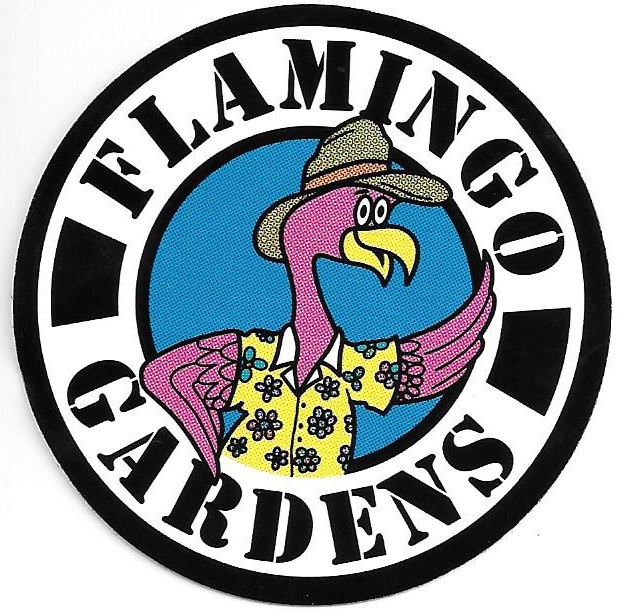Red Firecracker
- **Type**: Evergreen shrub (in warm climates) or tender perennial (in cooler zones)
- **Height**: 3 to 5 feet (0.9 to 1.5 meters)
- **Width**: 4 to 6 feet (1.2 to 1.8 meters), can spread wider with cascading growth
- **Growth Habit**: Weeping, arching, fountain-like with long, slender stems
- **Foliage**:
- Small, bright green, needle-like leaves, about 0.5 inches (1.3 cm) long
- Sparse on older stems, giving a wispy, fine-textured look
- Evergreen in frost-free areas; may die back in cold winters
- **Flowers**:
- Clusters of tubular, bright red blooms resembling firecrackers
- Each flower about 1 inch (2.5 cm) long
- Bloom season: Late spring to fall (May to October), year-round in mild climates with enough warmth and light
- No significant fragrance, attracts hummingbirds and butterflies
- **Fruit**:
- Small, egg-shaped, inconspicuous fruits, rarely noticed
- **Light**: Full sun (6+ hours daily) for maximum blooming; tolerates partial shade (reduces flower output)
- **Soil**:
- Well-drained, loose; adapts to sandy or loamy soils
- Slightly acidic to neutral (pH 6.0 to 7.0)
- **Watering**: Moderate; water regularly until established, then drought-tolerant; keep on the dry side for mature plants
- **Hardiness**: USDA Zones 9 to 11 (20°F or -6°C; may regrow from roots in Zone 9 with protection)
- **Wildlife**: Attracts hummingbirds and butterflies; not reliably deer-resistant
- **Care**:
- Prune spent flower stems anytime to encourage more blooms; hard prune in early spring to control size
- Fertilize every 2 weeks in spring and summer with a balanced mix (e.g., 10-10-10), diluted; monthly in winter
- Bring indoors in cold climates (below 40°F or 5°C) to overwinter
- **Pests/Diseases**:
- Minimal pests; may see spider mites or caterpillars
- Susceptible to root rot in soggy soil
- **Uses**: Hanging baskets, containers, rock gardens, borders, or cascading over walls
- **Growth Rate**: Fast; can grow 1 to 2 feet per year in good conditions
The Firecracker Red plant’s explosive sprays of red flowers and cascading form make it a standout choice for adding drama and color to sunny spots. Native to Mexico and Guatemala, it thrives in heat and can bloom nearly year-round in frost-free zones, making it a low-maintenance favorite for tropical or container gardening. Let me know if you’d like more care tips or details on specific cultivars!
